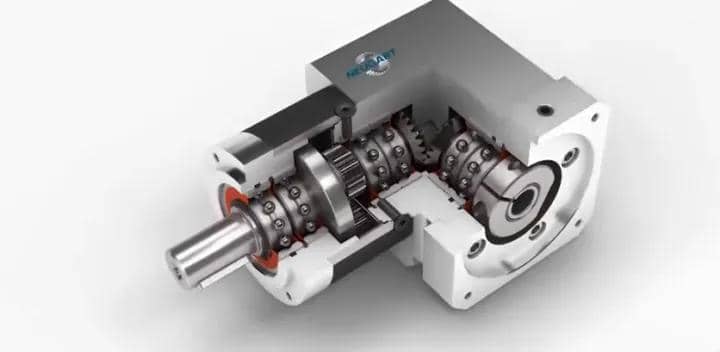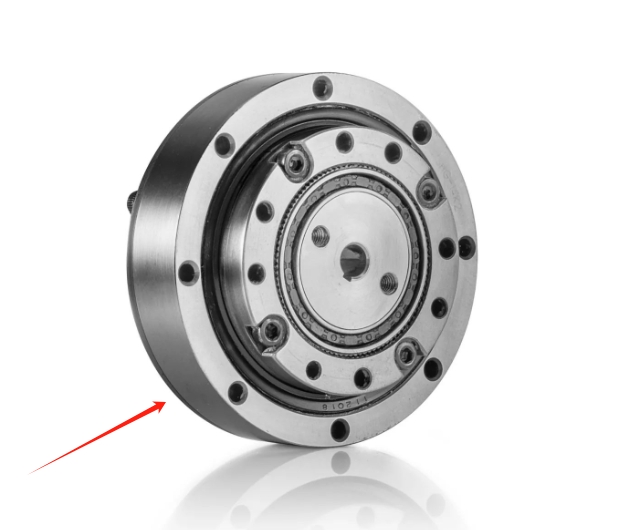As technology advances, the application of automated manufacturing technology in the industrial sector is becoming increasingly widespread. In this era of automation, CNC (Computer Numerical Control) machining robots play a crucial role in providing efficient and precise machining solutions. Within CNC machining robots, the use of linear gear reducers is gaining prominence for their pivotal role in enhancing precision, stability, and efficiency.
1. High-Precision Positioning and Movement
CNC machining robots require high-precision positioning and movement to ensure the accuracy and consistency of machined components. Linear gear reducers, with their precise design and high-precision gear transmission mechanism, enable robots to achieve micron-level positioning accuracy. This is critical for CNC systems involved in complex part machining, such as in aerospace, automotive manufacturing, and medical equipment production.
2. Improved Operational Efficiency
Linear gear reducers significantly enhance operational efficiency in CNC machining robots. Their efficient transmission mechanisms and superior power output allow robots to complete machining tasks more quickly, reducing production cycles. This is particularly important for projects involving large-scale production or strict delivery deadlines. By reducing machining time, businesses can increase production capacity, lower production costs, and enhance market competitiveness.
3. Assurance of Stability and Reliability
In CNC machining robots, stability and reliability are paramount. Linear gear reducers, utilizing advanced materials and manufacturing processes, possess high load-bearing capacity and torque output, ensuring that robots can maintain stable operation under high loads and complex conditions. This reliable performance provides assurance for long-duration, high-intensity production, reducing equipment failures and maintenance frequency, thereby increasing the availability of production lines.
4. Coordination of Multiple Axes
In some complex CNC machining robot systems, multi-axis coordinated work is necessary to accomplish more intricate and diversified machining tasks. The design of linear gear reducers allows for seamless integration into multi-axis systems, facilitating high-level coordination and synchronized motion. This capability of multi-axis coordinated work enables robots to handle more complex components, enhancing system flexibility and adaptability.
5. Adaptability to Various Environments
Linear gear reducers often possess excellent sealing and dust-proof properties, allowing them to operate stably in various harsh industrial environments. This is crucial for CNC machining robots engaged in high-intensity operations such as metal cutting, carving, and milling. The reduction of environmental erosion and damage to robot components extends the equipment's lifespan.
In conclusion, the application scenarios of linear gear reducers in CNC machining robots highlight their critical role in the modern manufacturing industry. By enhancing precision, operational efficiency, stability, and reliability, linear gear reducers provide a solid foundation for the outstanding performance of CNC systems. This drives industrial automation towards greater intelligence and efficiency. The continual evolution of this technology will bring about more innovations in manufacturing, elevating the entire industry chain.











